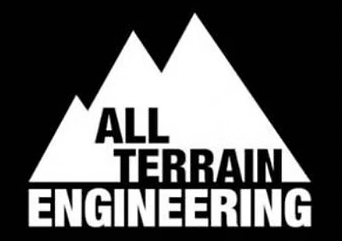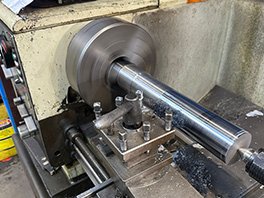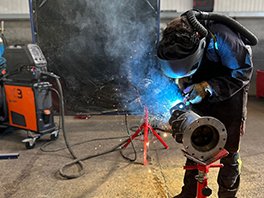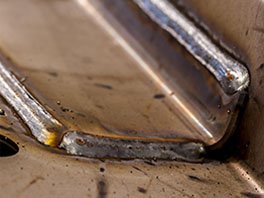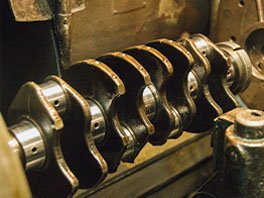Crack Testing
Heavy Machinery Crack Testing
At All Terrain Engineering, crack testing is a vital part of our inspection and repair process, especially before any machining or rotor balancing takes place. Even hairline cracks can lead to catastrophic failures if left undetected. That’s why we thoroughly inspect every component to ensure it’s structurally sound before we move forward.
What is crack testing?
Crack testing involves examining components like shafts, rotors, drums, and housings for hidden fractures, stress cracks, or fatigue damage. These defects are often invisible to the naked eye but can cause vibration, imbalance, or even mechanical failure under load.
We use visual and mechanical inspection methods to identify:
- FATIGUE CRACKS
- WELD DEFECTS
- STRESS FRACTURES
- SURFACE AND SUB-SURFACE DAMAGE
- CRACKS CAUSED BY IMPACT OR VIBRATION
Why it’s critical before balancing
Balancing a cracked rotor is not only ineffective, but also dangerous.
That’s why crack testing is always carried out before balancing or machining. If a rotor is cracked, it can’t hold balance, and may even fail during operation.
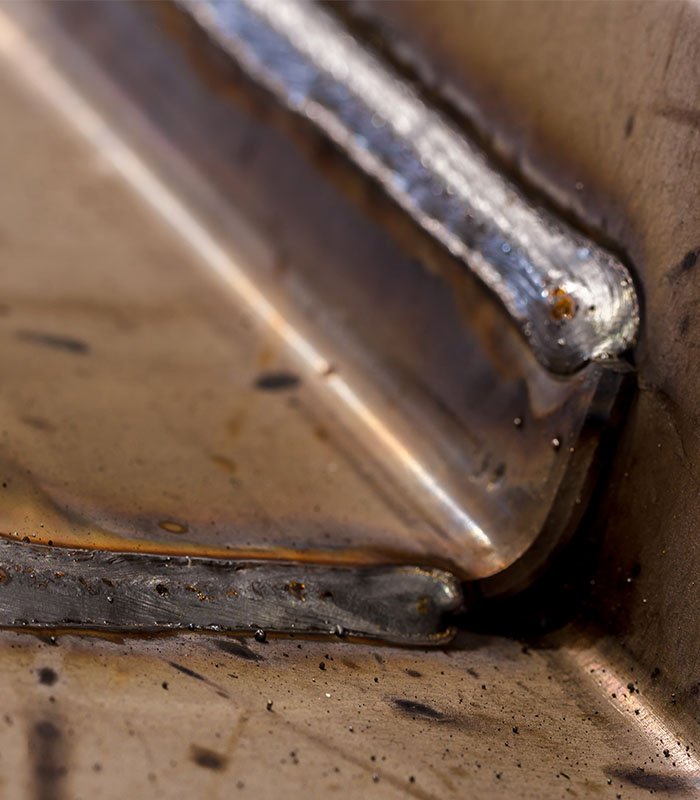
WHAT DO WE TEST?
Crack testing is carried out on:
- Flail mower rotors
- Fan blades and hubs
- Pump and motor shafts
- Drums and rollers
- Brackets, mounts, and arms
- Welded joints and fabricated parts
Whether it's a field-worn rotor or a freshly welded bracket, we verify its integrity first.
WHY CHOOSE US?
- Integrated crack testing, repair, and balancing
- Focus on safety and long-term performance
- Experienced technicians and in-house tools
- Honest assessments with clear recommendations
- Fast turnaround, full traceability
